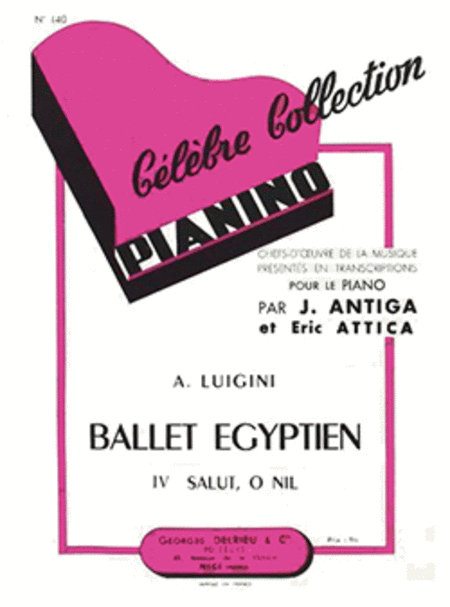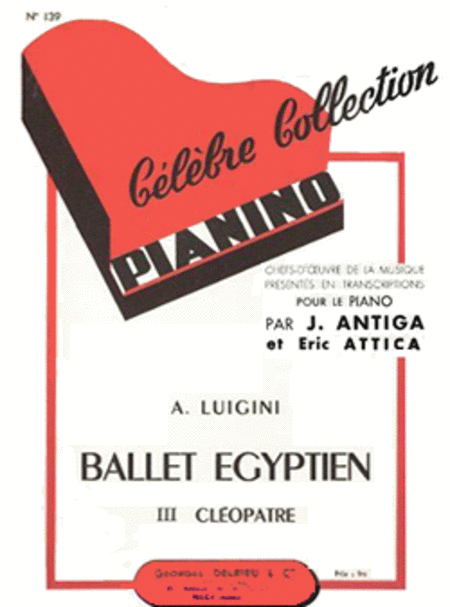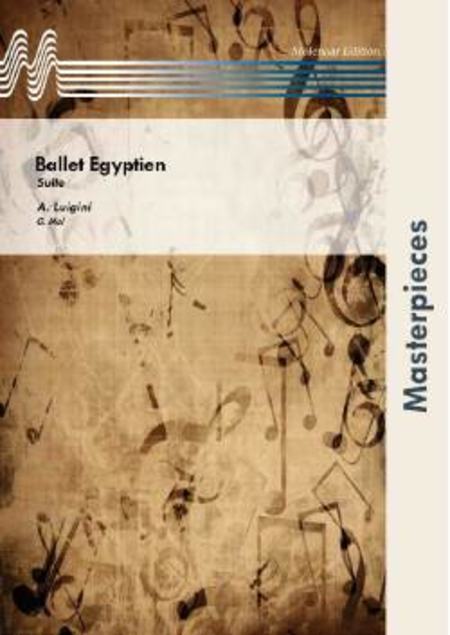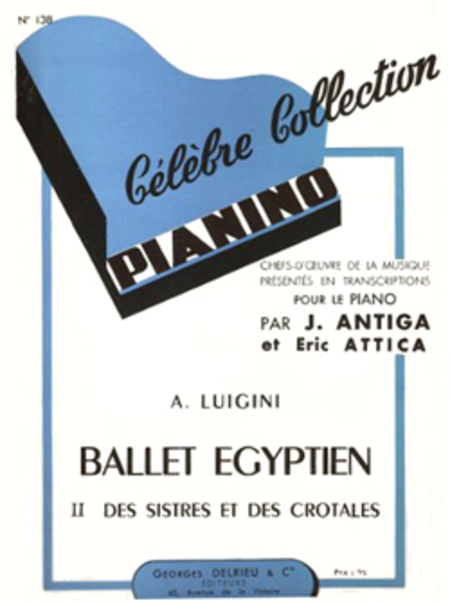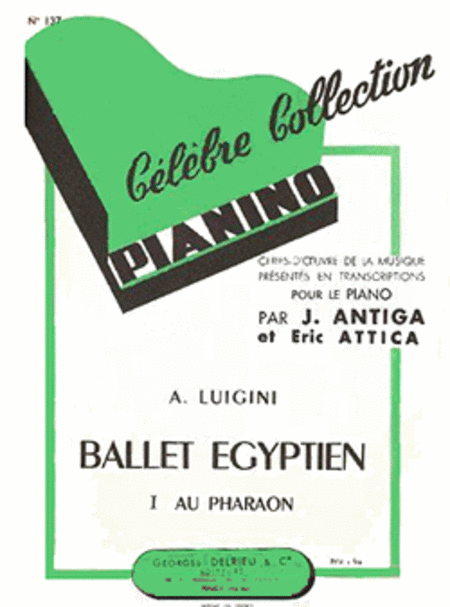Alexandre Luigini (1850 - 1906)
 France
France
 France
FranceAlexandre Clément Léon Joseph Luigini (9 March 1850 – 29 July 1906) was a French composer and conductor, especially active in the opera house. As a composer, he is now remembered almost solely for his Ballet égyptien.
Luigini was born in Lyon in 1850. His grandparents had moved to Lyon from Modena, Italy, when his grandfather took up the post of trumpeter with the orchestra of the Grand Théâtre. Alexandre Luigini was brought up with music, his father Joseph also playing with, and later ... (Read all)
Source : Wikipedia
Luigini was born in Lyon in 1850. His grandparents had moved to Lyon from Modena, Italy, when his grandfather took up the post of trumpeter with the orchestra of the Grand Théâtre. Alexandre Luigini was brought up with music, his father Joseph also playing with, and later ... (Read all)
Source : Wikipedia
FREE SHEET MUSIC ROMANTIC
Active criterias:
Search #Romantic
| |||||||||||||||||||||||||

